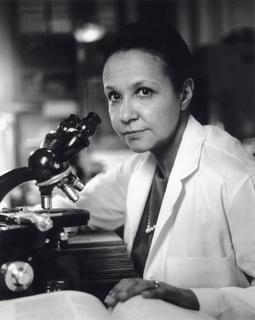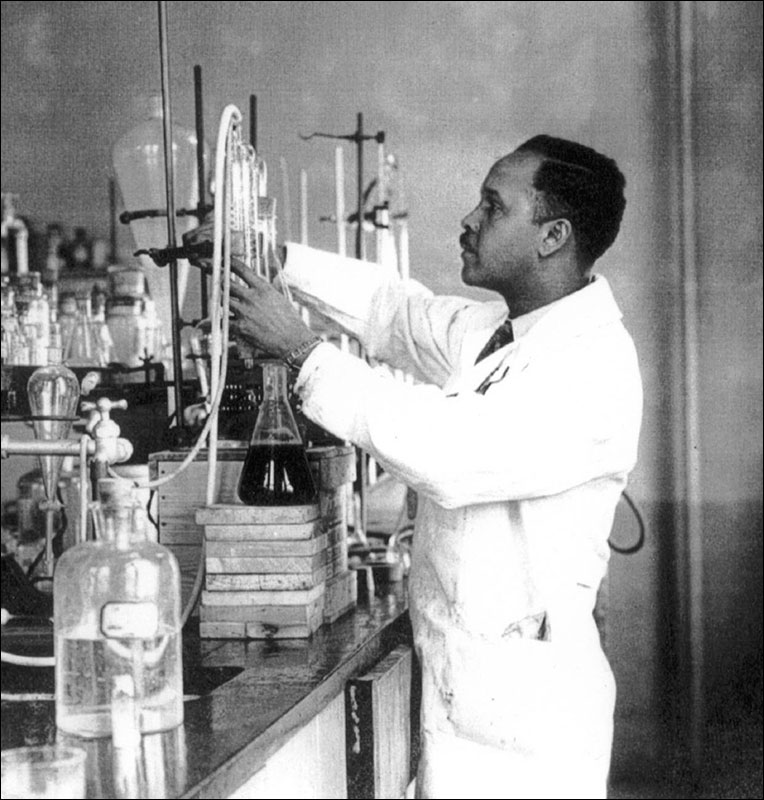A Focus on African Americans in Medical Research
Everyone is are aware of the value and importance of chemotherapy in today’s cancer treatment. And most of us know about the wonders of cortisone in treating rheumatoid arthritis.
In honor of Black History Month, we’d like to recognize two African Americans who were instrumental in bringing these, and many more, life-saving contributions to medical science.
Jane Cooke Wright, M.D. – the “Mother of Chemotherapy”
 Dr. Jane Cooke Wright (1919-2013), physician and cancer researcher graduated with honors from New York Medical College in 1945. She completed her residency at Harlem Hospital, where she finished up as chief resident.
Dr. Jane Cooke Wright (1919-2013), physician and cancer researcher graduated with honors from New York Medical College in 1945. She completed her residency at Harlem Hospital, where she finished up as chief resident.
After spending just six months as a staff physician with the NYC Public Schools, Dr. Wright joined the Harlem Cancer Research Foundation (founded by her father, Dr. Louis Tompkins Wright) to research chemotherapy drugs and their effectiveness in treating cancer.
Even though many physicians at the time believed that chemotherapy was not effective in treating cancer, the pair persisted in their research, studying chemotherapy techniques in patient trials. Their investigations into the effectiveness of folic acid antagonists like methotrexate formed the foundation for today’s chemotherapy research.
After leaving the Harlem Cancer Research Foundation, Dr. Wright continued her groundbreaking chemotherapy research at the New York University Bellevue Medical Center. Taking an individualized approach to cancer treatment, she tested specific drugs on actual patient tumors so that the most effective drug could be used on the patient.
Among Dr. Wright’s additional contributions to cancer treatment research are the use of chemotherapy rather than radiation therapy to successfully treat skin cancer and the development of nonsurgical techniques for delivering chemotherapy drugs to tumors.
Besides her contributions to cancer and chemotherapy research, Dr. Jane Wright achieved many prestigious titles and positions. Among them are:
- Associate professor of surgical research at New York University
- Director of Cancer Chemotherapy Research at New York University Medical Center, Bellevue, and University Hospitals
- Appointed to the President’s Commission on Heart Disease, Cancer, and Stroke by President Lyndon B. Johnson
- Founding member of the American Society of Clinical Oncology
- Head of the Cancer Chemotherapy Department and Associate Dean at New York Medical College (highest ranking African American woman in a US medical institution)
- First female president of the New York Cancer Society
In addition to the impressive list above, Dr. Wright led and participated in missions and cancer research delegations across the globe. She served as a member of multiple cancer research organizations and government committees, had 135 published scientific research papers, and received numerous awards during her long and successful career.
Dr. Wright has been called “the Mother of Chemotherapy” thanks to her life-changing research on chemotherapy drugs… research that has and continues to this day to save millions of lives.
Percy Lavon Julian, Ph.D. – Chemist, Innovator, and Civil Rights Leader
Percy Lavon Julian, Ph.D., (1899-1975) wasn’t one to let his environment or circumstances slow him down. Born in Montgomery, Alabama to the children of former slaves in a time when black  students weren’t allowed to attend the local high schools, Julian was determined to get an education, and he wasn’t going to let anything stand in his way.
students weren’t allowed to attend the local high schools, Julian was determined to get an education, and he wasn’t going to let anything stand in his way.
Despite his only having an 8th grade education, he was accepted into DePauw University in Greencastle, Indiana. Taking high school-level classes in the evenings, he not only caught up to his academic peers, but he graduated at the top of his class… with honors (Phi Beta Kappa).
After teaching chemistry for a few years at Fisk University, in 1923 Julian became the first African American to get a master’s degree in chemistry from Harvard University.
When the time came for him to pursue a Ph.D. however, Harvard wasn’t ready for him. But Julian didn’t let Harvard’s rejection put an end to his quest. He found his way to the University of Vienna in Austria where he got that Ph.D. in 1931.
Dr. Julian was a brilliant chemist. With over a hundred patents to his name, he made tremendous contributions to humanity. In 1935 with his lab assistant Josef Pikl, he synthesized the drug physostigmine which is still used today in the treatment of glaucoma.
Since his hopes at gaining full professorship at a DePauw University (where he’d done the research for physostigmine) weren’t working out, he took his talents and career to the private sector. (Perhaps they later realized their mistake, as they now have a Percy L. Julian Science and Mathematics Center.)
Glidden Company probably didn’t realize it at the time, but Percy Julian, their new Director of Research, was to become a member of the National Inventors Hall of Fame, the National Academy of the Sciences, and the lead in what was later recognized as one of the top 25 achievements in American chemistry history by the American Chemical Society… the synthesis of physostigmine.
As the head of research in the soy products division of Glidden, Julian invented a product that would extinguish oil and gas fires and that saved countless lives during World War II. But that’s just the beginning. While at Glidden, he also discovered how to make synthetic hormones (progesterone and testosterone) from sterols in soybeans and found a more cost-effective way to synthesize cortisone, which was and is used for the treatment of rheumatoid arthritis.
He eventually left Glidden in 1954 to start his own chemical company, Julian Laboratories… and became one of the first black millionaires in 1961 when he sold the company for $2.3 million. He later established the Julian Research Institute and Julian Associates.
The road to success wasn’t necessarily a smooth one for Julian. While he worked on life-saving breakthroughs that would benefit humans of all races, he fought for civil rights. His laboratories afforded equal employment opportunities to all, proving to the country that race did not determine intelligence or the level of success that one could achieve with the barriers removed.
Summary
We at PathSUPPLY want to extend our gratitude and appreciation for these two and all the African American scientists, researchers, lab and medical professionals who, in the face of adversity, have overcome the challenges and improved the lives of all patients… all humans.
Check out PathSUPPLY or call us at 800-631-3556 for your pathology and laboratory supply needs. PathSUPPLY. Helping those who help patients.
References and Resources:
https://www.jax.org/news-and-insights/jax-blog/2016/november/women-in-science-jane-wright
https://cfmedicine.nlm.nih.gov/physicians/biography_336.html
https://www.encyclopedia.com/history/encyclopedias-almanacs-transcripts-and-maps/wright-jane-cooke
https://www.pbs.org/wgbh/nova/julian/lrk-whowasjulian-exp.html
https://www.biography.com/news/black-history-unsung-heroes-percy-julian
